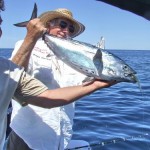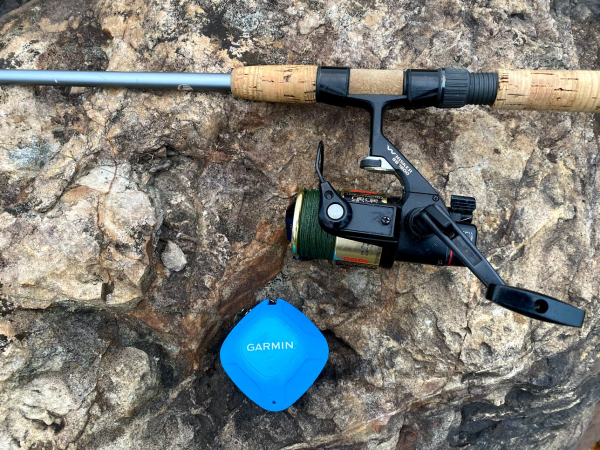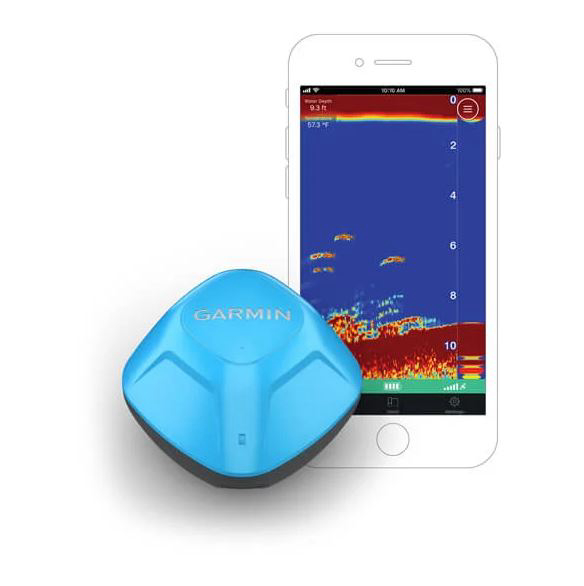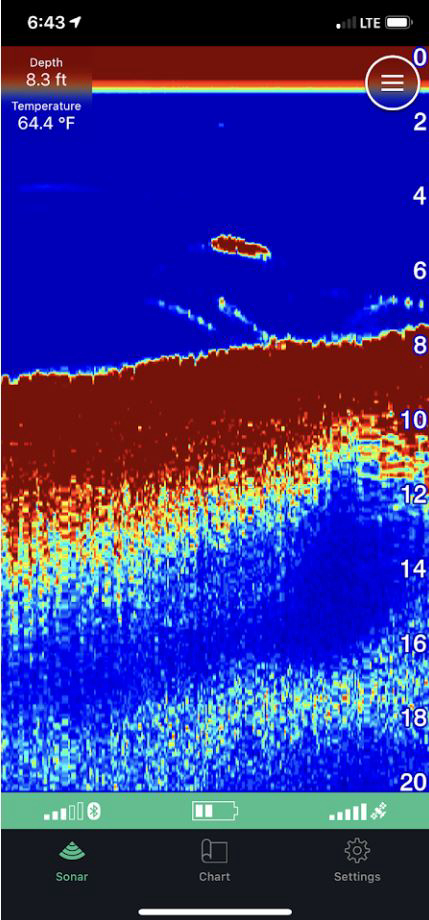
Defeat The Cold With Fish Monkey Gear While Ice Fishing
- By The Fishing Wire
Ice fishing is one of the world’s truly extreme sports. It’s great fun and there is plenty of action, not to mention the good times and camaraderie shared by those who participate in this winter activity. In order to be safe and successful you need the right gear, and it starts with a good pair of gloves.
Most anglers just grab a pair of heavy insulated work gloves, but fishing requires more. You need a glove that’s not only waterproof but also one that has the dexterity to allow you to manipulate small rods and reels easily. One that can go from driving a snow machine or side by side to drilling an auger to baiting tiny hooks. Meet the cold-weather glove lineup from Fish Monkey.
First up is the Stealth Sherpa Dry-Tec Heavyweight Gloves and Mittens. These are 100 percent wind- and waterproof, but even more important, they are constructed with a durable water repellent finish. This means they won’t absorb water on the outside, which keeps them light and functional all day long.The breathable membrane also helps prevent moisture buildup, keeping your hands warm without feeling clammy. THere’s 200 grams of Thinsulate on the back of the hand and another 100 grams on the palm, which ensures optimal warmth without sacrificing that critical dexterity. The mitten has magnetic stays for the slit fingers in the index and thumb to stay out of the way when not needed. The index fingers on both styles are touchscreen-friendly, and the palms have non-slip grip.
Another option for extreme cold is the Yeti Premium Ice-Fishing Gloves and Mittens. These are the most technologically advanced cold-weather fishing gloves available today, with state-of-the-art materials and construction. It starts with a 100 percent wind- and waterproof fabric which is lined with a thermo-conductive fleece material which absorbs, retains and transfers body heat throughout the glove. The warmth level is incredible. It has 350 grams of Thinsulate in the back of the hand and another 150 grams in the palm, plus a pre-curved finger design and advanced cotton insulation throughout. There’s a premium goat-leather palm for comfort and durability plus touchscreen fingertips and an index goggle squeegee built in. The fully adjustable wrist and cuffs give you a customized fit, too. The mitten style amps up the warmth level, allowing your fingers to share the body heat.
Don’t forget about your feet, either. Standing on ice for hours in heavy boots requires more than just a good pair of socks—you need professional-grade protection. Fish Monkey’s Heavyweight line of socks are designed for extreme conditions, with 75 percent merino wool and two styles: a boot-cut and an over-the-calf length. Both styles feature superior arch and ankle compression for reduced foot and leg fatigue as well as a cushioned footbed for maximum warmth and moisture management. There’s nylon reinforcement in the high-abrasion areas and a Y-gore heel that prevents slipping and chafing.
Don’t be afraid of the conditions—embrace the cold with the right gear from Fish Monkey! Interested in becoming a dealer? Click here for more information.







 The whole system is encased in a hard plastic housing about the size of a tennis ball. The unit turns on when it’s immersed in water, and links via Bluetooth to your smart-phone once you download the Striker Cast app. You attach the device to your fishing line, cast it out to the water you want to check and presto, a sonar screen appears on the phone.
The whole system is encased in a hard plastic housing about the size of a tennis ball. The unit turns on when it’s immersed in water, and links via Bluetooth to your smart-phone once you download the Striker Cast app. You attach the device to your fishing line, cast it out to the water you want to check and presto, a sonar screen appears on the phone.
 The Striker Cast would also be very useful for ice fishers—it’s compact, easy to carry, and would give you a quick read of what’s happening at each hole you open.
The Striker Cast would also be very useful for ice fishers—it’s compact, easy to carry, and would give you a quick read of what’s happening at each hole you open.